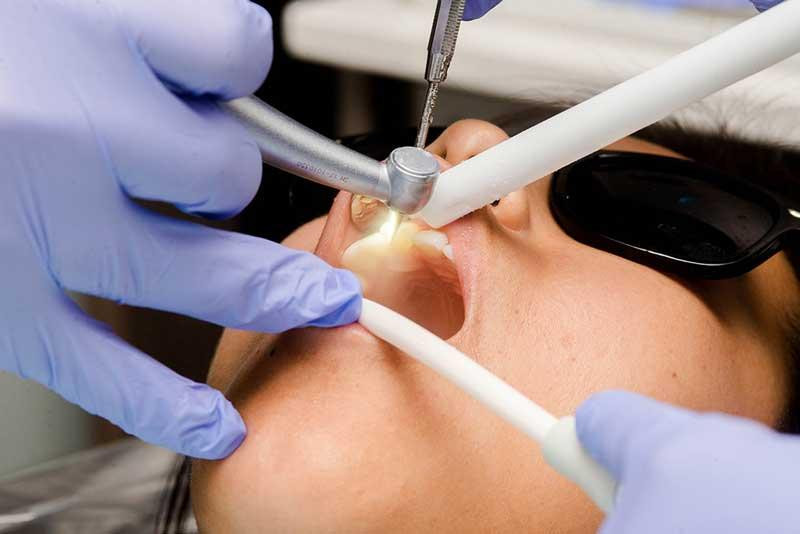What are the various Stages of Gum Diseases?
When a thin layer of germs sticks to the surface of the gums of your teeth, you will feel that there is something unpleasant deposited over your teeth, it is known as a biofilm. It is typically yellow in colour and is quite normal if it happens to your teeth. The situation may arise even if you brush and floss your teeth regularly and rinse your mouth with an antiseptic solution. However, it is necessary to get rid of the biofilm as early as possible because it can develop into dental plaque.
Dental plaque can lead to gum problems that are invited by germs on gums and teeth. The germs and bacteria develop due to the excessive intake of sugary foods that help develop bacteria because the sugar works as food for the germs to grow. This kind of situation requires Gingivitis Treatment.
What is gum disease?
Gum disease occurs due to the extensive infection in gums that may damage them further and destroy the jaw bone.
What are the common symptoms of gum disease?
The following symptoms may alert to gum disease:
- If you have red sore gums with a toothache.
- Constant bleeding during brushing or flossing or eating hard food.
- If the gums are receding or pulling away from the teeth.
- Loosen or weaken teeth.
- Mouth soreness.
- Persistent bad smell.
- Biting flaws.
- If you are experiencing any change in your partial denture.
People should know that they should get the treatment in time if they are experiencing any one of these symptoms because it can lead to tooth loss.
What are the different types of gum diseases?
Gingivitis:
Gingivitis is the first stage of periodontal disease. It causes red swollen gums that are prone to bleed. Since it is the mildest stage of periodontal disease, you may feel little or no discomfort at this stage. The main cause of the occurrence of gingivitis is improper oral hygiene. Risk factors of gingivitis may include smoking, aging, diabetes, pregnancy, hormonal fluctuations, stress, genetic, and certain medication use.
Periodontists:
If you do not take gingivitis seriously and leave it untreated for a long time, it can spread and develop under the gum line. The bacterias produce harmful toxins in the plaque that irritate the gums because the toxins produce a chronic inflammation that may lead to damage to the tissues and bones which support the teeth. If they are damaged or destroyed gums become separated from the teeth making infected pockets. In the progression stage, the pockets become deeper. This situation becomes more harmful for the gum tissue and bone leading to tooth or teeth loss.
how to treat gum disease:
Sometimes, your dentist can recommend root planning. It is a process to deep clean the below areas of the gums to get rid of the germs and bacteria. Before the treatment, your dentist will inject you with local anesthesia to numb the diseased part of the gum. You may feel slight pain or discomfort after the process of root planning.
If the gum problem is severe, then the dentist will recommend you for further treatment like periodontal surgery.


Comments
Post a Comment